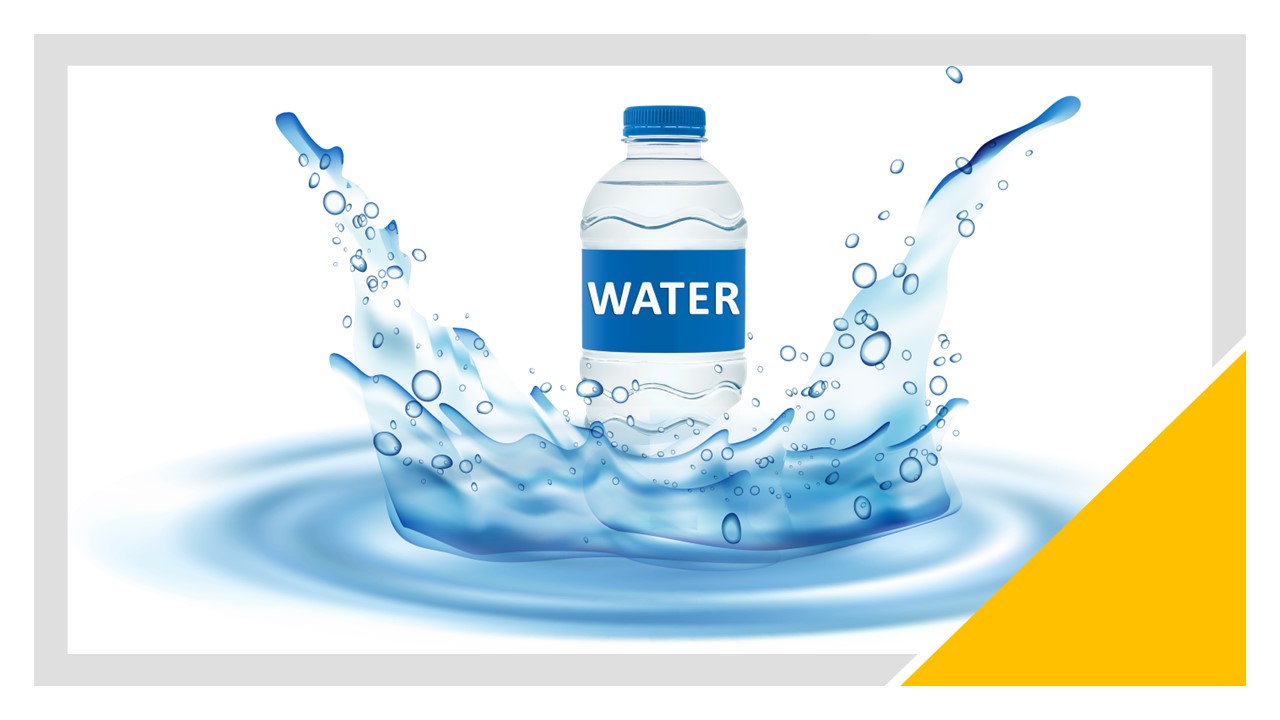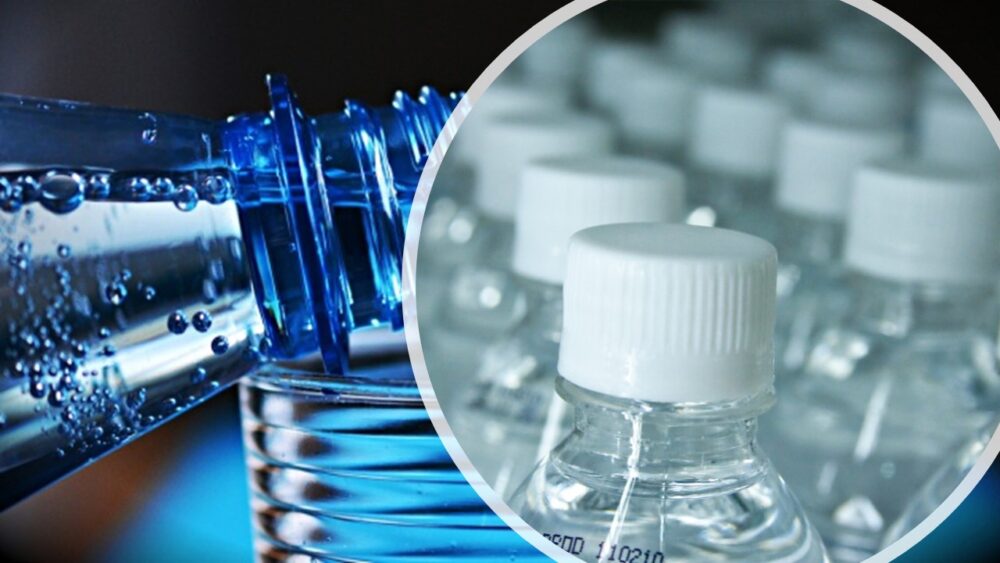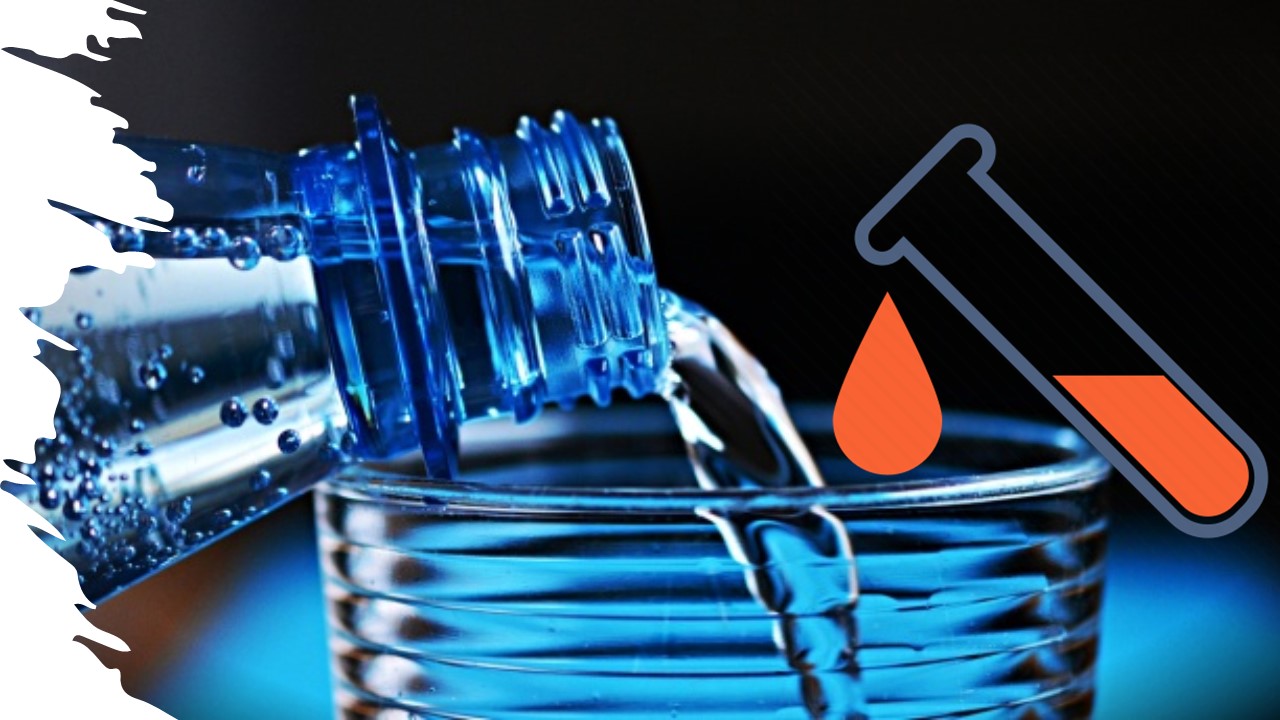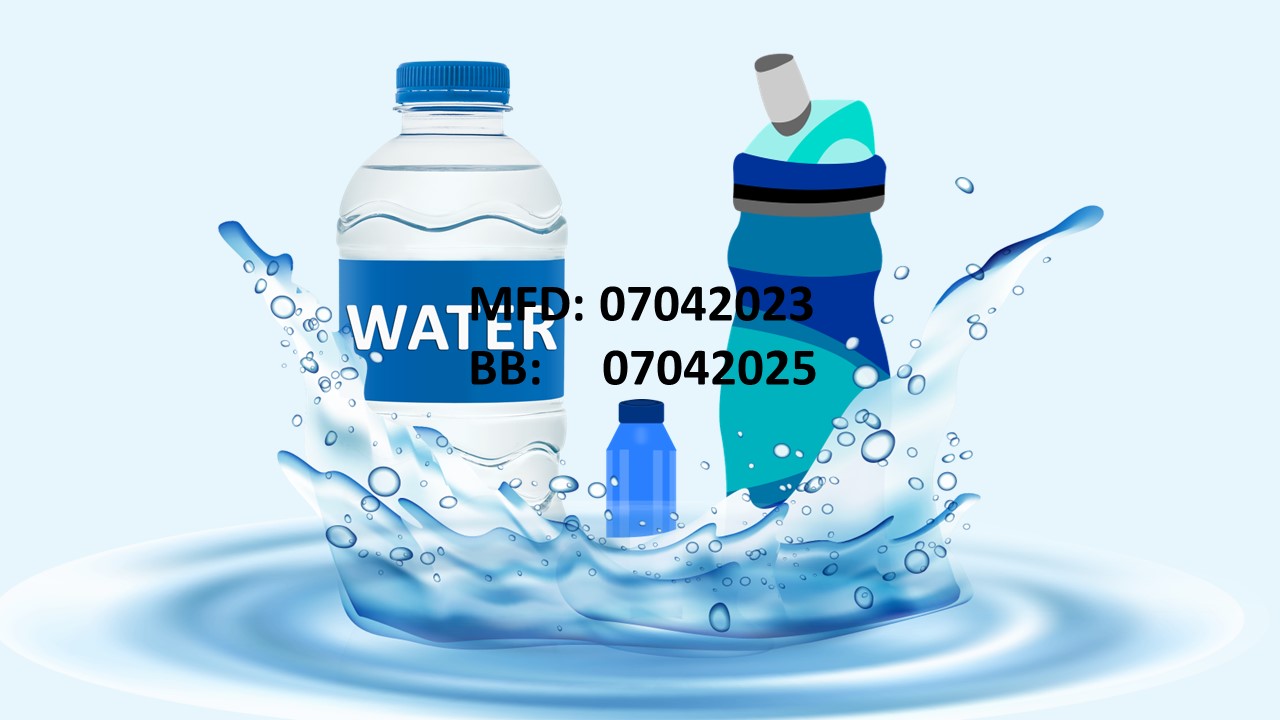pH Level In Water Bottles
Looking for a healthy pH level in water bottles? If you are one of the millions of people who drink bottled water every day, you may be surprised to learn that the pH level of the water you’re consuming could have a significant impact on your health.
According to a study, drinking water with a pH level that is too low or too high can lead to a range of negative health effects, including tooth decay, mineral deficiencies, and even gastrointestinal issues. In fact, some bottled water brands have been found to have low/ high pH levels.
So, what can you do to protect yourself to ensure that you’re not putting your health at risk? In this article, we’ll explore the science behind pH levels in water bottles, the potential health effects of drinking water with an unbalanced pH, and how you can choose the best water bottle for your health needs.
What Is pH Level?
pH is a measure of the acidity or alkalinity of a substance. It stands for “potential of hydrogen” and refers to the concentration of hydrogen ions in a solution. The pH scale ranges from 0 to 14, with 7 being neutral.
A pH of less than 7 is considered acidic, with 0 being the most acidic. The lower the pH value, the more acidic the substance is. Acids are substances that release hydrogen ions when dissolved in water, which gives them their sour taste and corrosive properties.
A pH of greater than 7 is considered alkaline or basic, with 14 being the most alkaline. The higher the pH value, the more alkaline the substance is. Bases are substances that release hydroxide ions when dissolved in water, which gives them their bitter taste and slippery texture.
The pH level of a substance is important because it can affect how it interacts with other substances. For example, some chemicals only work in acidic environments, while others only work in alkaline environments.
In the case of drinking water, an unbalanced pH level can have negative health effects, as it may impact the body’s natural pH balance and cause various health problems.
So, understanding the pH level of a substance is crucial in many different fields, from chemistry to biology to health and nutrition.
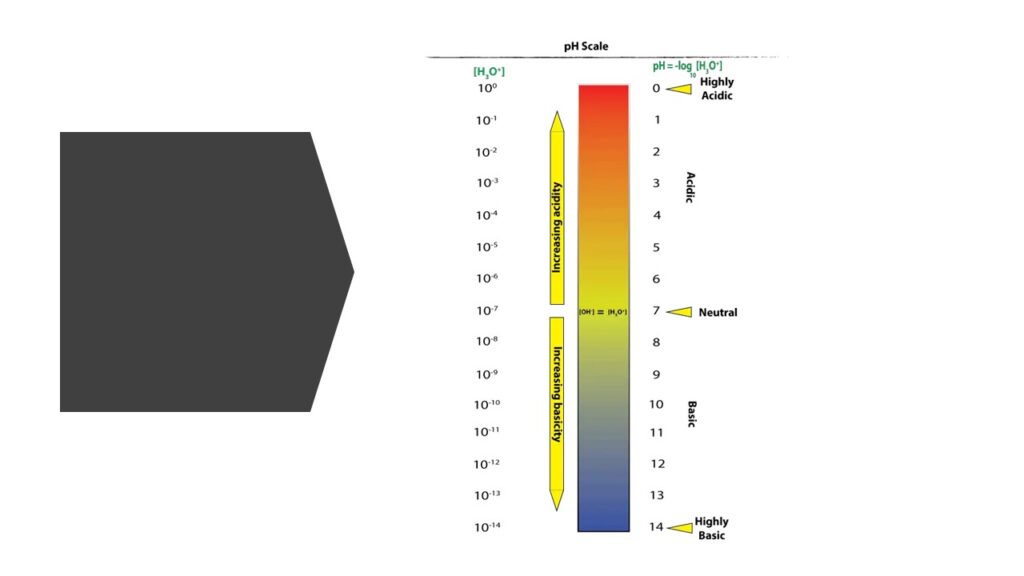
What is the pH Level In Water Bottles?
The pH level in water bottles can vary depending on the source and the processing methods used. The pH scale ranges from 0 to 14, with a pH of 7 being neutral, below 7 acidic, and above 7 alkaline.
Most bottled water has a pH level between 6.5 and 8.5, which is considered safe to drink. However, some brands may have a pH level outside of this range due to the addition of minerals or other additives.
Drinking water with a pH level that is too low or too high can potentially have negative health effects. For example, acidic water may cause tooth decay or acid reflux, while alkaline water may lead to mineral deficiencies.
It is recommended to test the pH level of bottled water if you have concerns about its acidity or alkalinity. You can do this at home using a pH testing kit or testing strips. Alternatively, you can look for labels on water bottles that indicate a balanced pH level.
Overall, it is important to choose a water bottle with a balanced pH level and to monitor the pH level of the water you consume to ensure that it is not negatively impacting your health.
Read Also: How To Remove Water Spots – A Comprehensive Guide
The pH Levels Of Different Types Of Water
The pH levels of different types of water can vary depending on a number of factors, including the source of the water, the processing methods used, and any additives that are added to the water.
1. Tap Water
Tap water is typically neutral to slightly alkaline, with a pH level ranging from 6.5 to 8.5. This is because most municipal water supplies are treated to remove contaminants and adjust the pH level to a safe and neutral range. In the US, the tap water pH is between 4.3 and 5.3 depending on where you live.
The pH level of tap water may vary depending on the source and treatment methods used by the local water authority.
2. Spring Water
Spring water is often considered to be one of the healthiest types of water to drink, as it comes from natural sources and is free from many of the contaminants found in tap water.
The pH level of spring water can vary widely depending on the source, but it is typically slightly alkaline, with a pH level between 6.5 and 8.5.
3. Bottled Water
Bottled water can have a range of pH levels depending on the brand and processing methods used. Some brands add minerals or other additives to the water to improve taste and balance the pH level, while others use more natural processing methods to preserve the natural pH level of the water.
The pH level of bottled water can range from 6.5 to 8.5, with some brands having a pH level outside of this range.
It’s important to note that the pH level of water can impact its taste and health benefits. Water that is too acidic or too alkaline can potentially have negative health effects, so it’s important to choose a water source with a balanced pH level.
Potential Health Effects Of Drinking Water With An Unbalanced pH Level
Drinking water with an unbalanced pH level can have a range of potential health effects. These effects can vary depending on whether the water is too acidic or too alkaline, and how often and how much of the water is consumed.
Here are some of the potential health effects of drinking water with an unbalanced pH level:
1. Tooth Decay: The drinking water with a low pH level (acidic) can erode tooth enamel and cause tooth decay. This is because the acidity in the water can dissolve the calcium in the enamel, making the teeth more susceptible to cavities and decay.
2. Acid Reflux: Drinking water that is too alkaline can reduce the amount of stomach acid in the digestive system, which can lead to acid reflux and other digestive issues. This is because the stomach needs a certain level of acidity to break down food and digest nutrients properly.
3. Mineral Deficiencies: Drinking water that is too acidic or too alkaline can disrupt the body’s natural pH balance and impact the absorption of minerals like calcium, magnesium, and potassium.
This can lead to mineral deficiencies and related health problems, such as muscle weakness, bone loss, and heart disease.
4. Gastrointestinal Issues: Drinking water that is too acidic or too alkaline can also cause gastrointestinal issues, such as bloating, nausea, and diarrhea. This is because an unbalanced pH level can impact the digestive system’s ability to break down and absorb nutrients properly.
It’s important to note that the pH level of water is just one factor that can impact health, and the effects can vary depending on individual health conditions and lifestyle factors.
However, maintaining a balanced pH level in drinking water can be an important step in promoting overall health and preventing potential negative health effects.
Tips For Testing pH Levels
Testing the pH level of water at home can be a simple and effective way to ensure that the water you’re drinking is balanced and safe. Here are some tips for testing pH levels:
Use A pH Testing Kit
A pH testing kit is an easy and affordable way to test the pH level of your drinking water. These kits typically include a small vial, pH testing drops, and a color chart that shows the range of pH levels.
Here are the steps for using a pH testing kit:
- Prepare the sample: Collect a sample of the water you want to test in a clean cup or container.
- Add the indicator solution: Using the dropper provided with the kit, add a few drops of the pH indicator solution to the water sample.
- Observe the color: The indicator solution will cause the water to change color. Compare the color of the water to the color chart provided by the manufacturer and determine the corresponding pH level. Record the pH value.
- Rinse the container: Rinse the container with distilled water and dry it thoroughly before testing another sample.
Try Testing Strips
pH testing strips are another option for testing the pH level of water at home. These strips are small, easy to use, and can provide quick and accurate results.
Here are the steps for using pH testing strips:
- Prepare the sample: Collect a sample of the water you want to test in a clean cup or container.
- Dip the strip: Dip the pH testing strip into the sample for a few seconds, making sure that the entire strip is submerged in the water.
- Shake off excess water: Gently shake off any excess water from the strip.
- Compare the colors: Hold the strip next to the color chart provided by the manufacturer and compare the color of the strip to the corresponding pH value on the chart. Record the pH value.
Consider Investing In A Digital pH Meter
Digital pH meters are more expensive than pH testing kits or strips, but they can provide highly accurate results and are a good option if you plan to test the pH level of your water regularly.
Here are the steps for using a pH meter:
- Calibrate the meter: Most pH meters come with calibration solutions that you can use to ensure accurate readings. Follow the instructions provided by the manufacturer to calibrate the meter.
- Prepare the sample: Rinse the electrode with distilled water and gently blot it dry with a clean cloth. Then, immerse the electrode into the sample you want to test.
- Take the reading: Allow the electrode to stabilize in the sample for a few seconds, then take the reading from the display. Be sure to record the pH value.
- Clean the electrode: Rinse the electrode with distilled water and gently blot it dry with a clean cloth. Store the electrode in a storage solution provided by the manufacturer.
Regardless of which method you choose, it’s important to follow the instructions carefully and ensure that the testing equipment is clean and properly calibrated.
Additionally, be sure to test water from different sources and at different times to get a comprehensive understanding of the pH levels in your drinking water.
RELATED: How Many Ounces Is A Water Bottle – Discover The Perfect Hydration Companion
How To Choose Water Bottles With A Balanced pH Level
When choosing a water bottle with a balanced pH level, here are some recommendations to consider:
- Look for labels indicating a balanced pH level: Some brands of bottled water will include information on the pH level of the water on the label. Look for labels that indicate a pH level between 7 and 8, which is considered to be a balanced pH level that offers better shelf life.
- Choose glass or stainless steel bottles: Glass and stainless steel are inert materials that won’t affect the pH level of the water inside the bottle. Avoid plastic water bottles, which can leach chemicals into the water and affect the pH level.
- Consider natural spring water: Natural spring water can often have a naturally balanced pH level, as it has been naturally filtered through the earth’s layers. Look for bottled water brands that source their water from natural springs and include information on the pH level of their water.
- Test the pH level yourself: If you want to ensure that your water bottle has a balanced pH level, consider testing the water yourself using a pH testing kit or strips. This can give you peace of mind and help you choose the right water bottle.
- Avoid flavored or sweetened water: Flavored or sweetened water can have a lower pH level due to added acids or sugars. Stick to plain water to ensure a balanced pH level.
Bottled Water pH Levels By Brand
Here is a table of pH levels for some popular bottled water brands:
| Brand | pH Level |
| Evian | 6.98 – 7.5 |
| Fiji | 7.7 – 8.5 |
| Gerolsteiner | 75.2 |
| Voss | 6.0-7.0 |
| SmartWater | 9.5+ |
| Dasani | 6.25 |
| Aquafina | 6.0-7.0 |
| Nestle Pure Life | 7.10 – 8.5 |
| Poland Spring | 7.2 – 7.5 |
It’s important to note that pH levels can vary depending on the source and processing of the water, as well as any additives or treatments used. It’s always a good idea to check the label or contact the manufacturer for more information on the pH level of a specific brand of bottled water.
Purified Water pH Level
The pH level of purified water can vary depending on the source of water and the method of purification. Generally, purified water should have a neutral pH level of around 7, but it’s possible for the pH level to be slightly acidic or alkaline depending on the specific purification process used.
Some types of water purification methods, such as reverse osmosis or distillation, can remove minerals from the water that contribute to its pH level, resulting in a neutral or slightly acidic pH.
Other purification methods, such as ion exchange or activated carbon filtration, may not have a significant effect on the pH level of the water.
It’s always a good idea to check the label or contact the manufacturer for more information on the pH level of a specific brand of purified water.
Best pH Level For Drinking Water
The best pH level for drinking water is generally considered to be between 6.5 and 8.5. A pH level within this range is considered neutral to slightly alkaline and is believed to promote optimal health and hydration.
Water that is too acidic (below 7.0) can be harmful to the teeth and may cause acid reflux and other digestive issues. Water that is too alkaline (above 8.5) can have a bitter taste and may also cause digestive discomfort.
It’s important to note that the optimal pH level for drinking water may vary depending on individual health needs and preferences. For example, people with certain medical conditions may require water with a more specific pH level.
In general, it’s best to choose water with a pH level within the recommended range and consult with a healthcare professional if you have any concerns about your drinking water.
The Bottom Line
Choosing the right pH level of water is important for maintaining optimal health and hydration. By testing the pH level of your drinking water and choosing brands with a balanced pH level, you can help prevent potential health issues and improve your overall well-being.
The right pH level in water is between 6.5 and 8.5. Remember to always consult with a healthcare professional if you have any concerns about the pH level of your drinking water
